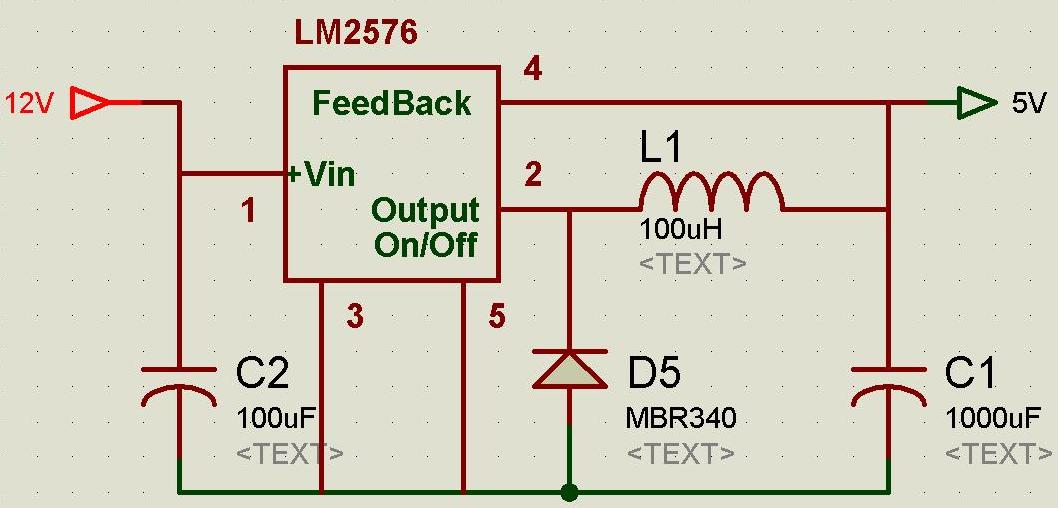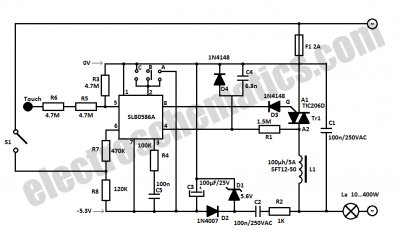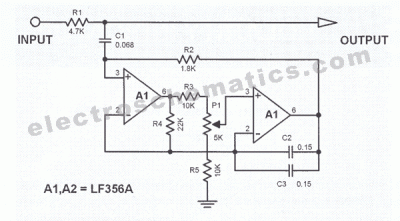
Some interesting Projects

A design for a synthesized ATV transmitter covering the 13 cm band and extending up to approximately 2.6 GHz. This transmitter has been engineered for optimal video performance and can deliver a broadcast-quality signal when received with a professional TV microwave receiver. The design centers around a commercial voltage-controlled oscillator (VCO) that serves as the core of the transmitter. This component eliminates the need for RF alignment and facilitates the construction and reproducibility of the design. Additionally, the transmitter utilizes a commercial power amplifier module manufactured by Down East Microwave, producing around 1.6 W. The transmitter exciter can operate independently, generating approximately 50 mW. The microwave signal is initially produced by a VCO from Z-comm, which offers a diverse range of VCO products, and the selected model meets the required specifications well. This module tunes between 2.2 and 2.7 GHz and provides an output of about +10 dBm. The unit can be regarded as a compact TV transmitter in its own right. The tuning voltage input ranges from 1 to 10 V and exhibits very low capacitance, allowing it to accept high-frequency video modulation with ease. The VCO is highly stable, originally designed for narrowband applications, which significantly simplifies the transmitter's design. A colleague has constructed a miniature TV transmitter using one of these units and an amplifier measuring just a couple of inches square. The VCO output is directed to two destinations through a 3 dB attenuator and a resistive splitter, as recommended by Z-comm to enhance the VCO's isolation and prevent "pulling" with load changes. The splitter consists of three 18Ω resistors, providing additional loss and isolation. One output of the splitter connects to a VNA 25 mmic amplifier, which boosts the signal from approximately 0 dBm to around +16 dBm. The VNA 25, manufactured by Mini Circuits, is a compact amplifier that operates on 5 V, requires no coupling capacitors, and functions from 500 MHz to 2.5 GHz, making it an ideal gain block for the 23 and 13 cm bands. The VNA 25 can be considered the output stage of the transmitter exciter. The second output of the splitter feeds a Plessey SP4982 device, which serves as a prescaler I.C. The I.C. provides the synthesizer with a signal divided down from the transmitter output frequency, yielding a value of approximately 280 kHz. The divided transmitter output frequency can be monitored at this stage. The SP4982 is a consumer-grade device rated for about 2.5 GHz but has successfully operated up to 2.6 GHz without issues. It is driven with approximately one milliwatt, extending its frequency range. The transmitter employs the Motorola MC145151 CMOS parallel synthesizer I.C., which is particularly advantageous as it is programmed using parallel data, eliminating the need for microprocessors for communication. This I.C. is highly regarded and has been utilized in numerous synthesizers across various frequency ranges, including ATV applications for sound subcarriers. One of these chips has been integrated into the Aztek transmitter in the GB3ZZ repeater. Most other ATV transmitter designs utilize a Plessey SP5060 synthesizer, which can yield satisfactory results; however, the loop filter characteristics are often unsuitable for FM TV modulation. Many designs adhere to the Plessey handbook, which specifies a network intended for frequency doubling mixers rather than TV transmitters. This can adversely affect the video low-frequency response, leading to issues such as rolling and tearing of images, particularly in challenging scenarios like long-distance operation or through multiple video equipment chains. There is one transmitter that deviates from this norm and is the only one recommended for reliable performance, the G4WIM unit sold by Tim Forrester.
The synthesized ATV transmitter is a sophisticated assembly that integrates multiple components to ensure high-quality video transmission. The VCO, being the heart of the system, plays a crucial role in frequency stability and modulation fidelity. The choice of the Z-comm VCO is particularly notable due to its high-frequency capabilities and low capacitance, which is essential for maintaining signal integrity during video modulation. The use of a 3 dB attenuator and resistive splitter enhances the system's performance by improving isolation, thereby preventing potential interference that could arise from varying load conditions.
The VNA 25 amplifier is integral to boosting the output signal, and its operation within the specified frequency range makes it suitable for ATV applications, particularly within the 13 cm and 23 cm bands. Its compact design and efficiency in handling high-frequency signals without the need for coupling capacitors are significant advantages.
The integration of the Plessey SP4982 prescaler allows for effective frequency division, which is essential for monitoring and controlling the output frequency of the transmitter. The compatibility of this device with the MC145151 synthesizer I.C. further streamlines the design process, allowing for straightforward programming and operation without the complexities introduced by microprocessors.
Overall, this synthesized ATV transmitter design exemplifies a well-thought-out approach to achieving high-quality video transmission, leveraging commercial components that are both effective and reliable. The careful selection of each component, along with a focus on minimizing potential issues with video modulation, contributes to the overall performance of the transmitter, making it a valuable asset in the field of amateur television broadcasting.A design for a synthesised ATV transmitter covering the 13cm band and beyond up to about 2. 6 GHz. This transmitter has been designed for optimum video performance and can achieve a broadcast quality signal when received with a professional TV microwave receiver. The design is based around a commercial voltage controlled oscillator (VCO) wh ich forms the heart of the transmitter. This unit allows for the complete absence of RF alignment requirements and also aids in the construction and reproducibility of the design. The transmitter also makes use of a commercial power amplifier module made by Down East Microwave producing about 1.
6W. The transmitter exciter could be operated on it`s own if required and produces about 50 mW. The microwave signal is initially generated by a VCO made by Z-comm. This company produces a wide range of VCO products and so the one chosen meets our requirements very well. The module tunes about 2. 2-2. 7 Ghz and provides an output of about +10 dBm. The unit can almost be considered a little TV transmitter in it`s own right. The tuning voltage input spans about 1-10V and has very low capacitance and so excepts high frequency video modulation with ease.
The VCO is very stable as it was originally designed for narrow band applications, it also simplifies the design of the transmitter considerably. A colleague of mine has built a miniature TV transmitter using one of these units and an amplifier which measures just a couple of inches square.
The VCO feeds two destinations via a 3 dB attenuator and a resistive splitter. Z-comm recommend this approach as it improves the isolation of the VCO and prevents it from "pulling" with changing load. The splitter is made up of three 18R resistors and so provides further loss and hence isolation. One output of the splitter feeds a VNA 25 mmic amplifier which brings the level from about 0 dBm up to about +16dBm.
The VNA 25 is made by Mini Circuits and is a "Very Nice Amplifier". These surface mount units operate on 5V, require no coupling capacitors and work from 500 Mhz to 2. 5 Ghz, they are useful little gain blocks ideal for the 23 and 13cm bands. The VNA 25 is what can be considered the output part of the transmitter exciter. The second output of the splitter feeds a Plessey SP4982 devide by 8192 prescaler I. C. The I. C. provides the synthesiser with a signal devided down from the transmitter output frequency, producing value of about 280 Khz. The divided transmitter output frequency can be monitored at this point. The 4982 is a consumer device rated to about 2. 5 Ghz but has worked successfully to about 2. 6 Ghz with no problems. The device is driven with about a milliwatt which helps extend it`s frequency range. This transmitter uses the Motorola MC145151 cmos paralell synthisiser I. C. This device is extremely useful as it is programmed with parallel data and so does not require the use of micro-processors to communicate with it.
It is my favourite I. C. and undoutably a classic, I have built endless synthesisers with it from HF to this frequency, it is also useful in ATV for use with sound subcarriers. I have fitted one of these chips to the Aztek transmitter in our own repeater GB3ZZ. Most other ATV transmitter designs use a Plessey SP5060 synthisiser, these devices can provide good results but in most cases the loop filter characturistics are inapropiate for FM TV modulation.
Everyone follows the Plessey handbook which specifies a network which is intended for use with a frequency doubling mixer not a TV transmitter. The video low frequency response is ruined by the network and it can lead to rolling and tearing pictures, particularly in difficult circumstances like working through repeaters, working long distance or through long chains of video equipment.
Only one transmitter breaks with tradition and is the only one which I could recommend. The G4WIM unit sold by Tim Forrester addresse 🔗 External reference
The synthesized ATV transmitter is a sophisticated assembly that integrates multiple components to ensure high-quality video transmission. The VCO, being the heart of the system, plays a crucial role in frequency stability and modulation fidelity. The choice of the Z-comm VCO is particularly notable due to its high-frequency capabilities and low capacitance, which is essential for maintaining signal integrity during video modulation. The use of a 3 dB attenuator and resistive splitter enhances the system's performance by improving isolation, thereby preventing potential interference that could arise from varying load conditions.
The VNA 25 amplifier is integral to boosting the output signal, and its operation within the specified frequency range makes it suitable for ATV applications, particularly within the 13 cm and 23 cm bands. Its compact design and efficiency in handling high-frequency signals without the need for coupling capacitors are significant advantages.
The integration of the Plessey SP4982 prescaler allows for effective frequency division, which is essential for monitoring and controlling the output frequency of the transmitter. The compatibility of this device with the MC145151 synthesizer I.C. further streamlines the design process, allowing for straightforward programming and operation without the complexities introduced by microprocessors.
Overall, this synthesized ATV transmitter design exemplifies a well-thought-out approach to achieving high-quality video transmission, leveraging commercial components that are both effective and reliable. The careful selection of each component, along with a focus on minimizing potential issues with video modulation, contributes to the overall performance of the transmitter, making it a valuable asset in the field of amateur television broadcasting.A design for a synthesised ATV transmitter covering the 13cm band and beyond up to about 2. 6 GHz. This transmitter has been designed for optimum video performance and can achieve a broadcast quality signal when received with a professional TV microwave receiver. The design is based around a commercial voltage controlled oscillator (VCO) wh ich forms the heart of the transmitter. This unit allows for the complete absence of RF alignment requirements and also aids in the construction and reproducibility of the design. The transmitter also makes use of a commercial power amplifier module made by Down East Microwave producing about 1.
6W. The transmitter exciter could be operated on it`s own if required and produces about 50 mW. The microwave signal is initially generated by a VCO made by Z-comm. This company produces a wide range of VCO products and so the one chosen meets our requirements very well. The module tunes about 2. 2-2. 7 Ghz and provides an output of about +10 dBm. The unit can almost be considered a little TV transmitter in it`s own right. The tuning voltage input spans about 1-10V and has very low capacitance and so excepts high frequency video modulation with ease.
The VCO is very stable as it was originally designed for narrow band applications, it also simplifies the design of the transmitter considerably. A colleague of mine has built a miniature TV transmitter using one of these units and an amplifier which measures just a couple of inches square.
The VCO feeds two destinations via a 3 dB attenuator and a resistive splitter. Z-comm recommend this approach as it improves the isolation of the VCO and prevents it from "pulling" with changing load. The splitter is made up of three 18R resistors and so provides further loss and hence isolation. One output of the splitter feeds a VNA 25 mmic amplifier which brings the level from about 0 dBm up to about +16dBm.
The VNA 25 is made by Mini Circuits and is a "Very Nice Amplifier". These surface mount units operate on 5V, require no coupling capacitors and work from 500 Mhz to 2. 5 Ghz, they are useful little gain blocks ideal for the 23 and 13cm bands. The VNA 25 is what can be considered the output part of the transmitter exciter. The second output of the splitter feeds a Plessey SP4982 devide by 8192 prescaler I. C. The I. C. provides the synthesiser with a signal devided down from the transmitter output frequency, producing value of about 280 Khz. The divided transmitter output frequency can be monitored at this point. The 4982 is a consumer device rated to about 2. 5 Ghz but has worked successfully to about 2. 6 Ghz with no problems. The device is driven with about a milliwatt which helps extend it`s frequency range. This transmitter uses the Motorola MC145151 cmos paralell synthisiser I. C. This device is extremely useful as it is programmed with parallel data and so does not require the use of micro-processors to communicate with it.
It is my favourite I. C. and undoutably a classic, I have built endless synthesisers with it from HF to this frequency, it is also useful in ATV for use with sound subcarriers. I have fitted one of these chips to the Aztek transmitter in our own repeater GB3ZZ. Most other ATV transmitter designs use a Plessey SP5060 synthisiser, these devices can provide good results but in most cases the loop filter characturistics are inapropiate for FM TV modulation.
Everyone follows the Plessey handbook which specifies a network which is intended for use with a frequency doubling mixer not a TV transmitter. The video low frequency response is ruined by the network and it can lead to rolling and tearing pictures, particularly in difficult circumstances like working through repeaters, working long distance or through long chains of video equipment.
Only one transmitter breaks with tradition and is the only one which I could recommend. The G4WIM unit sold by Tim Forrester addresse 🔗 External reference
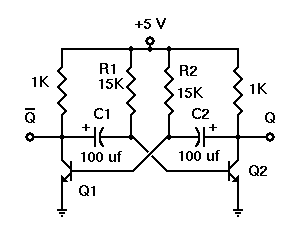
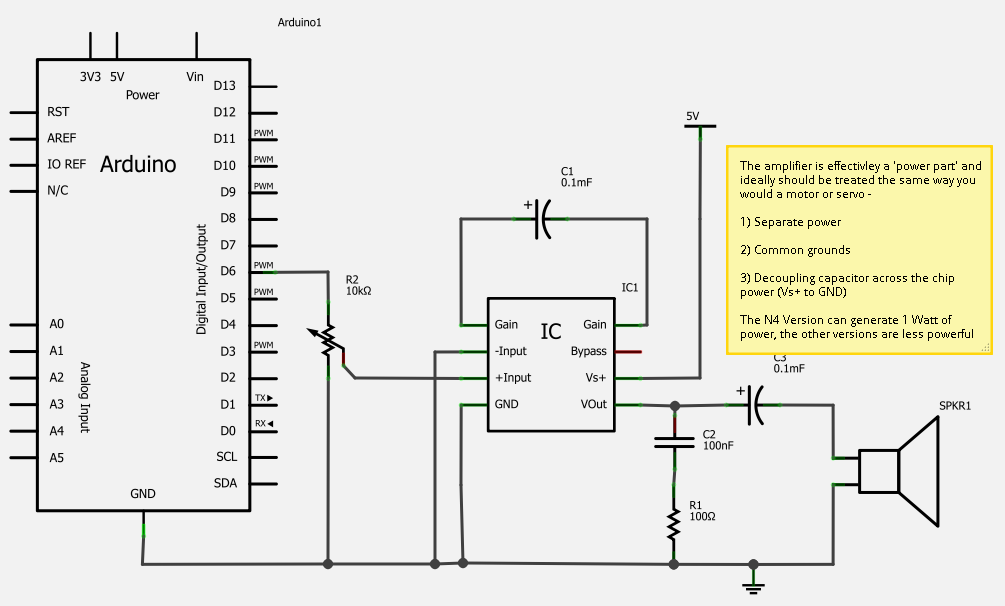
.jpg)
